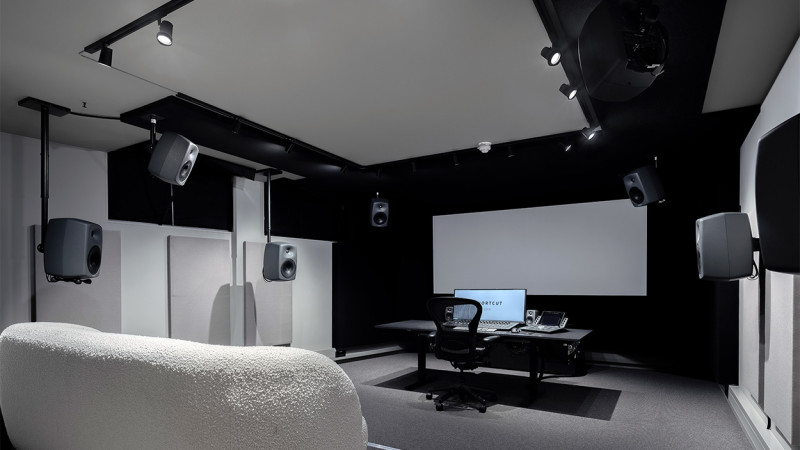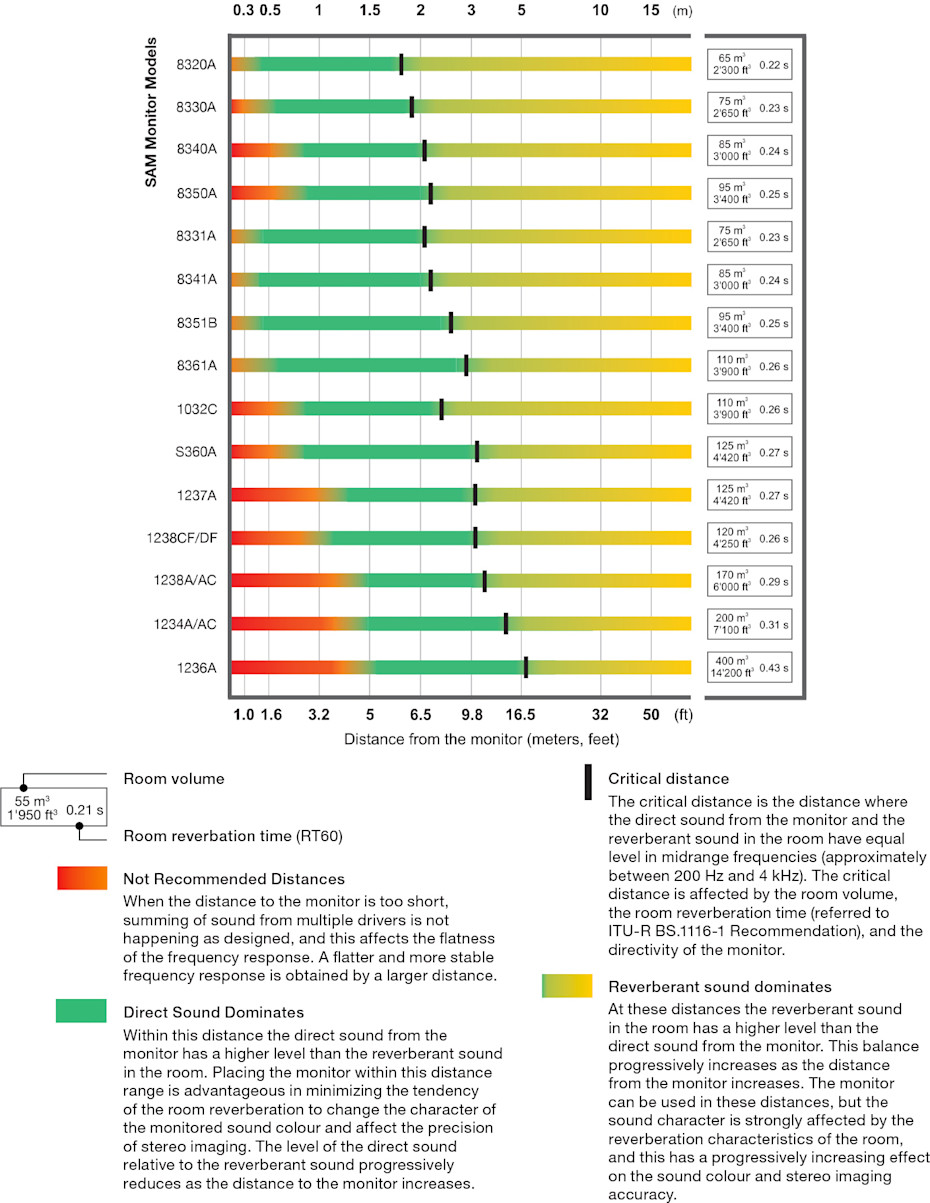Fair enough, though 10dB is still quite a big difference.the slope is way less extreme when you measure maximum peak level instead of average, just because the higher frequency peaks are shorter and won't create high average level. Here's a peak content of a fairly typical rock song (uploaded again without the sloping tilt). There's maybe 10dB difference between 58Hz which is fundamental frequency of a kick drum and 15kHz which is probably cymbals and snare content
Also, @ernestcarl makes a good point. The limiting values that show up are from a sweep, which is far longer than transients. So it's a bad representation of what will happen with peaks.
The log sweep might activate the limiter pretty early, but with actual music with those peaks it might not. Maybe try recording RTA from the MLP and compare the peak curves at med and very high volume levels if there is any compression.
That's a good point, that particular limiting is for thermals I believe, so a sweep is going to do very abnormal things to it.


